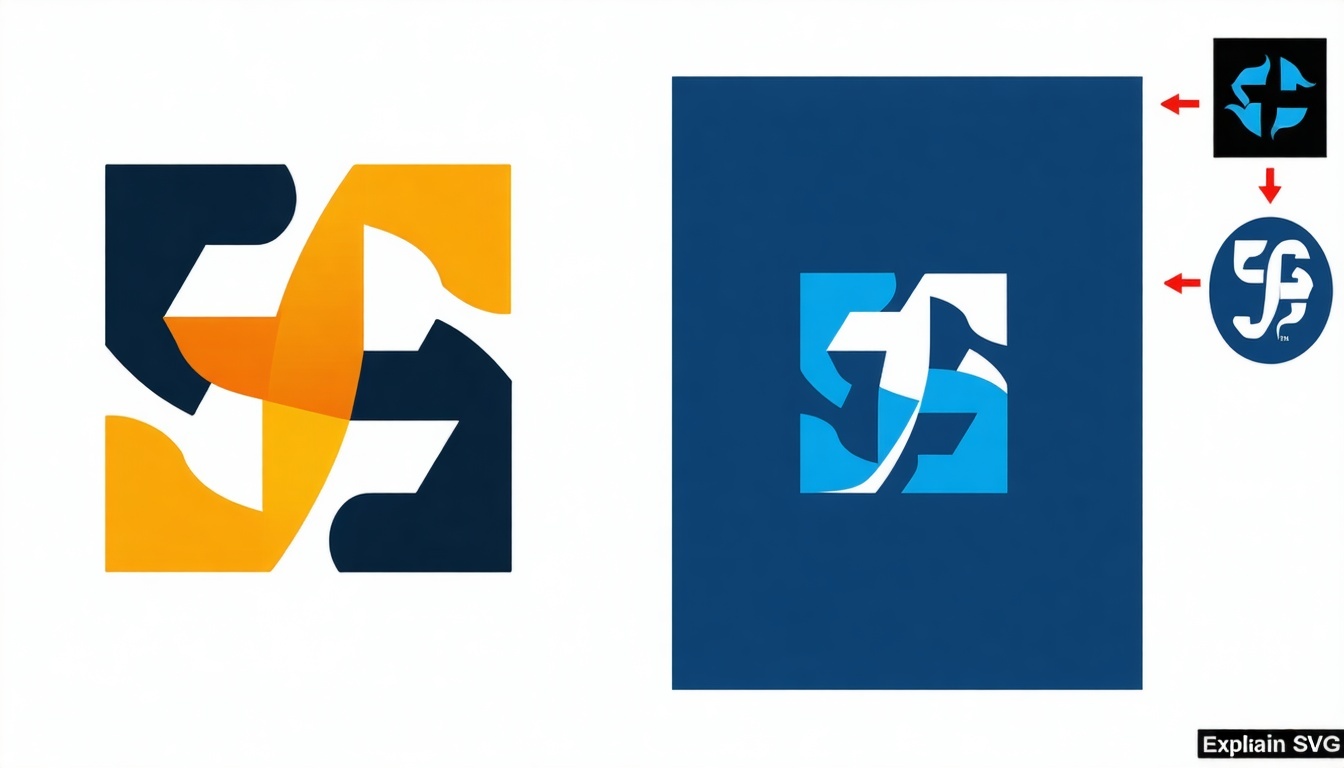
Government Agencies and Non-Profits: Special Trademark Considerations for VMC
Government agencies and non-profit organizations face unique challenges when pursuing Verified Mark Certificates (VMC) for BIMI logo display. Learn how to navigate trademark requirements and alternative documentation to ensure eligibility.
Why Trademark Status Matters for VMC
A Verified Mark Certificate (VMC) requires proof of legal rights to a logo, typically through a registered trademark with a recognized office. This ensures only authorized entities can display their logos in email inboxes, protecting against spoofing and misuse.
Special Considerations for Government Agencies
- Official Seals and Emblems: Many government agencies use official seals or emblems that are protected by law rather than traditional trademark registration. VMC guidelines recognize this and allow agencies to submit legislative or regulatory documentation as proof of rights.
- Alternative Documentation: Instead of a trademark certificate, agencies must provide copies of the enabling legislation, statutes, or government records that establish their exclusive right to use the seal or emblem.
- Jurisdictional Recognition: The documentation must clearly show that the agency has exclusive rights within its jurisdiction. The Certificate Authority (CA) will review these documents to confirm eligibility.
- Ongoing Oversight: Agencies must maintain up-to-date records and be prepared to provide additional documentation if VMC requirements change or if the CA requests further evidence.
Special Considerations for Non-Profit Organizations
- Trademark Registration: Non-profits are generally required to register their logos as trademarks with a recognized intellectual property office to qualify for a VMC, just like commercial entities.
- Name Protection: In some jurisdictions, non-profits may have their names protected by statute or registration with a government agency. However, this is not always sufficient for VMC eligibility unless it confers exclusive rights to the logo.
- Alternative Proof: If a non-profit cannot obtain a traditional trademark, it may submit evidence of statutory protection or long-standing use, but acceptance is at the discretion of the CA and may not be guaranteed.
- Licensing and Affiliates: Non-profits with chapters or affiliates must ensure that any licensing agreements for logo use are formal, documented, and include quality control provisions to maintain VMC eligibility.
Common Pitfalls and How to Avoid Them
- Insufficient Documentation: Submitting incomplete or unclear legislative records can delay or prevent VMC approval. Always provide full, official copies of relevant statutes or regulations.
- Logo/Seal Mismatch: The logo or seal submitted for VMC must match the one protected by law or statute exactly—no variations in design or color.
- Unrecognized Statutory Protection: Not all forms of statutory or regulatory protection are accepted. Confirm with your Certificate Authority (CA) that your documentation meets VMC requirements before applying.
Final Checklist for Government and Non-Profit VMC Applications
- Confirm Protection Status: Verify whether your logo is protected by trademark registration or statute.
- Gather Official Documentation: Collect all necessary documents, such as a trademark certificate, enabling legislation, or regulatory records.
- Ensure Logo Consistency: Make sure the logo submitted for VMC matches the protected mark or seal exactly.
- Maintain Up-to-Date Records: Keep your records current and be prepared to provide additional evidence if requested by the Certificate Authority.
- Formalize Licensing for Non-Profits: For non-profits, ensure any licensing agreements with affiliates or chapters are formal and documented.
Need help navigating VMC requirements for your government agency or non-profit?
Contact our agents for expert guidance on documentation, eligibility, and compliance.
Find more answers in our VMC and BIMI FAQ section.
Government agencies can use official legislation as proof for VMC, while non-profits must ensure their logo is registered or protected by statute. Always provide clear, official documentation to avoid delays.



